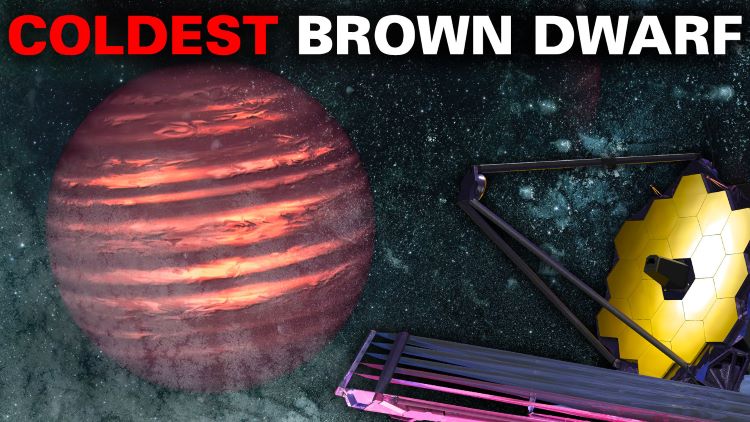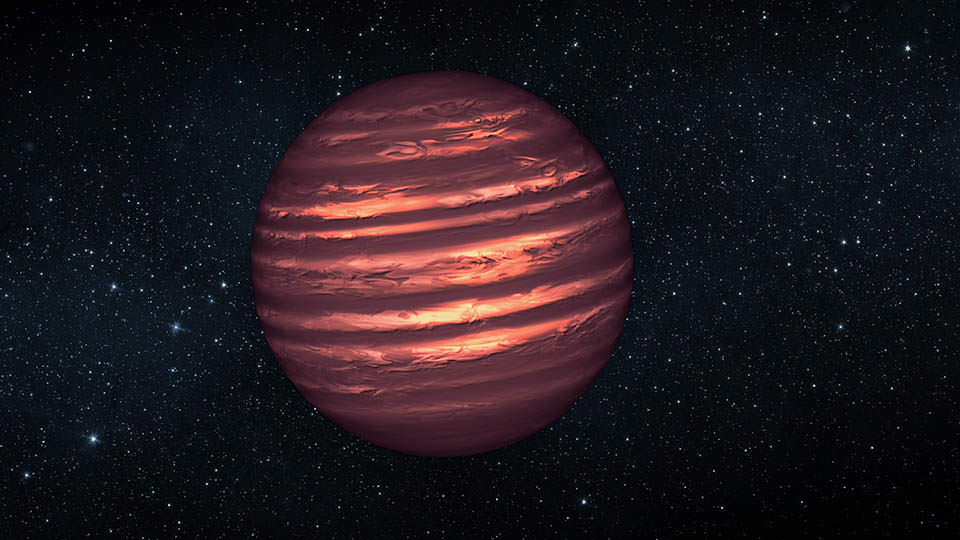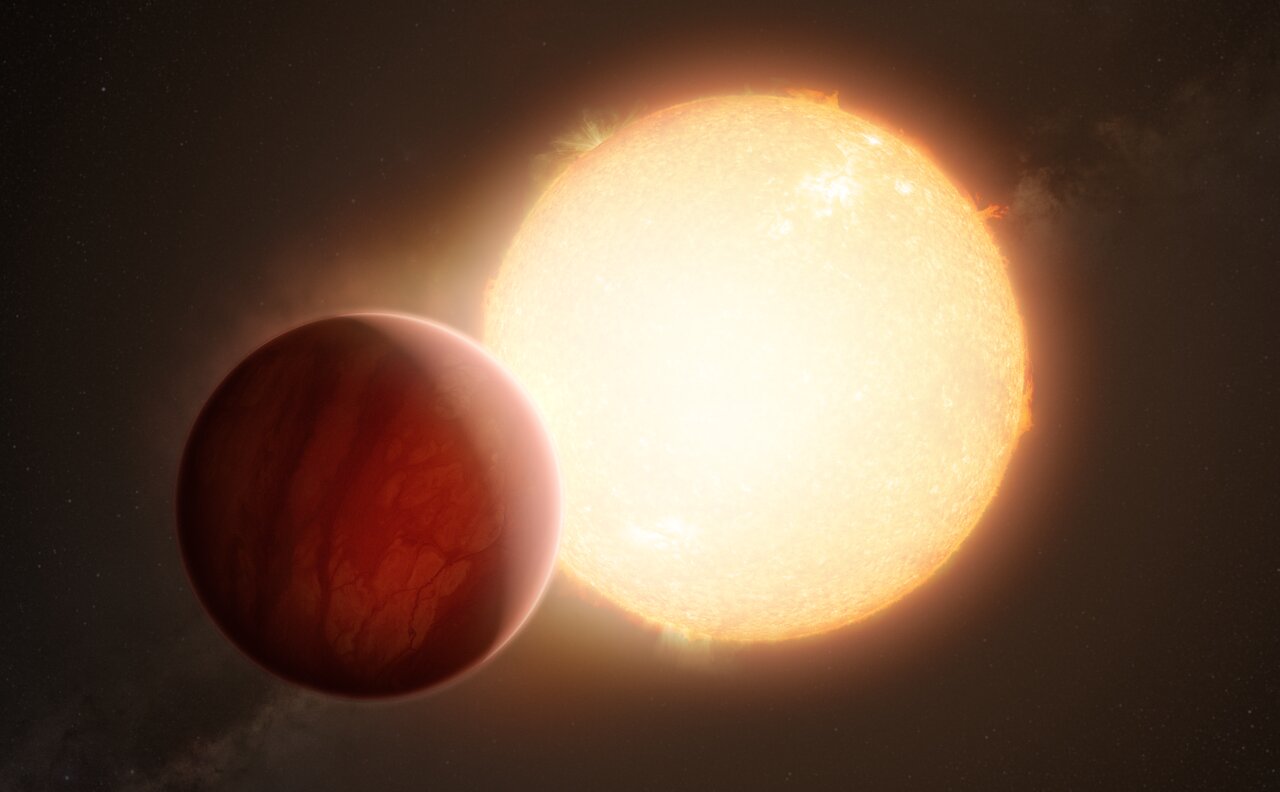This stunning image of a star cluster in the Small Magellanic Cloud (SMC) is more than just a pretty picture. It’s part of a scientific effort to understand star formation in an environment different from ours. The young star cluster is called NGC 602, and it’s very young, only about 2 or 3 million years old.
Continue reading “The Webb Discovers a Rich Population of Brown Dwarfs Outside the Milky Way”The Webb Discovers a Rich Population of Brown Dwarfs Outside the Milky Way






![An artist's conception of a brown dwarf. A new study identifies CK Vulpeculae as the remnant of a collison between a brown dwarf and a white dwarf. Image: By NASA/JPL-Caltech (http://planetquest.jpl.nasa.gov/image/114) [Public domain], via Wikimedia Commons](https://www.universetoday.com/wp-content/uploads/2018/10/Artist’s_conception_of_a_brown_dwarf_like_2MASSJ22282889-431026-2000x1200.jpg)



